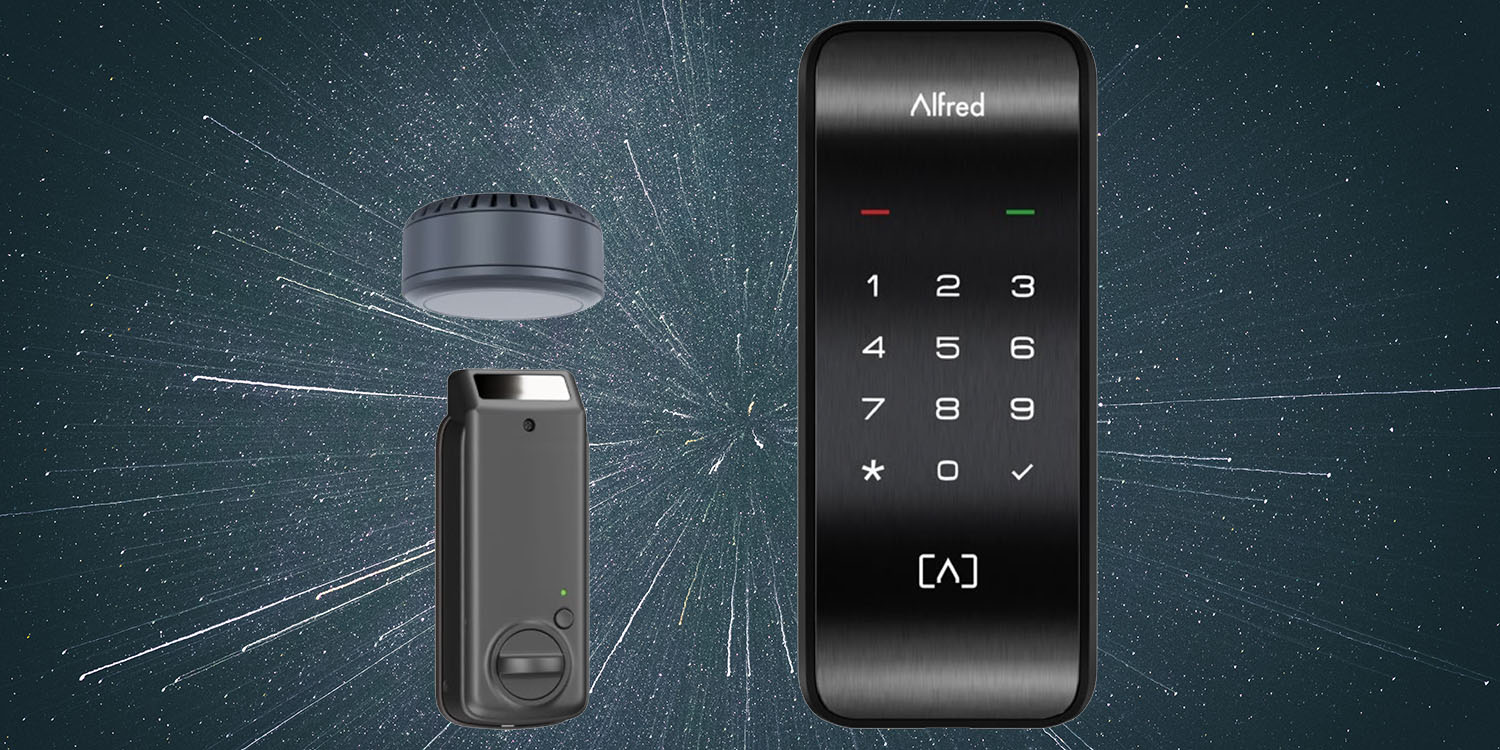
Long-range wireless power has been a long-term dream, where a single charger in a single location in our home, can beam power to all of our portable devices. That simply isn’t possible given existing technologies, but smart lock company Alfred has now turned one small part of the dream into reality.
However, rather than use RF energy – which has been the main approach to date – the company has instead turned to infrared …
Long-range wireless charging
So far, long-range charging efforts have focused on RF charging, using similar radio frequencies to Wi-Fi.
There are reports dating back to 2016 of Apple working on this. There was a suggestion at one point that the iPhone maker was partnering with Energous – a company which has long been extremely upbeat about the possibilities – though this was later denied.
Bloomberg at one point suggested that Apple was planning to use this tech in the iPhone 8, which was of course not the case.
Energous developed an iPad-controlled prototype system called WattUp, which it showed charging devices up to 20 feet away, via Wi-Fi. Unfortunately, the impression this gave turned out to be misleading: the amount of power you get at a 20-foot range is minuscule.
I mean, technically you can beam decent amounts of power over this distance and more, as has been shown in some military applications. Energous rival Powercast successfully transmitted 5 watts of power to a robot 20 feet away – but the problem is that this sort of power beam would fry any human beings present.
The RF reality is very much less exciting
We explained back in 2018 the difference between the dream and the reality.
We can’t talk power without returning to distance. More specifically, the relationship between power and distance. Radio waves (and RF power is just a specific form of the same) are subject to the inverse-square law. This states that intensity is inversely proportional to the square of the distance from a source.
Get 0.5W one inch from the transmitter, and you’ll be down to a 0.125W two inches away from it (two times the distance = quarter of the power). At four inches, you’ll be down to 0.03W.
It doesn’t take much math to see that visions of powering a MacBook across the room from the transmitter any time soon are just pure fantasy.
It could be perfect for low-powered smart home devices, like thermostats and motion sensors, but smart lock company Alfred has taken a different approach.
Alfred ML2 Smart Lock instead uses infrared
The first device I’ve seen to actually take advantage of long-range wireless charging is the Alfred ML2 Smart Lock. The company brands the charging system as Aircord.
However, the lock isn’t charged by RF energy – but instead via infrared. This is much safer, so the company claims it can beam several watts of power over a distance of 30 feet.
The power transmitter can be ceiling-mounted, looking very much like a smoke-detector.
This first lock is an expensive mortice one, primarily aimed at commercial properties like hotels, though it will also be used in high-end homes. But The Verge reports that Alfred is working on a more affordable deadlock model suitable for more typical apartments and houses.
While it’s not going to work on your standard front door fitted for a deadbolt lock, Brad Cook, head of product and integrations at Alfred, told me a deadbolt version is coming early next year.
Outside of its option of this unique power method, the Alfred ML2 is a standard smart lock, offering Bluetooth, RFID card, and PIN code access, app control through the Alfred Home app, and the option to add Wi-Fi, Zigbee, and Z-Wave connectivity for integration into smart home systems. The Alfred ML2 sports a sleek design with a touchscreen keypad, but at 6.77 inches tall, it is very big. It looks a bit like a smartphone stuck on your door
My own experience of my smart lock has been that it only needs new batteries around once every six months, which is what the company promises, but the biggest battery hassle in my home are the ten blinds. It seems a month never goes by without at least one needing new batteries, so this is a tech I’d love to see more widely implemented.
FTC: We use income earning auto affiliate links. More.






Comments